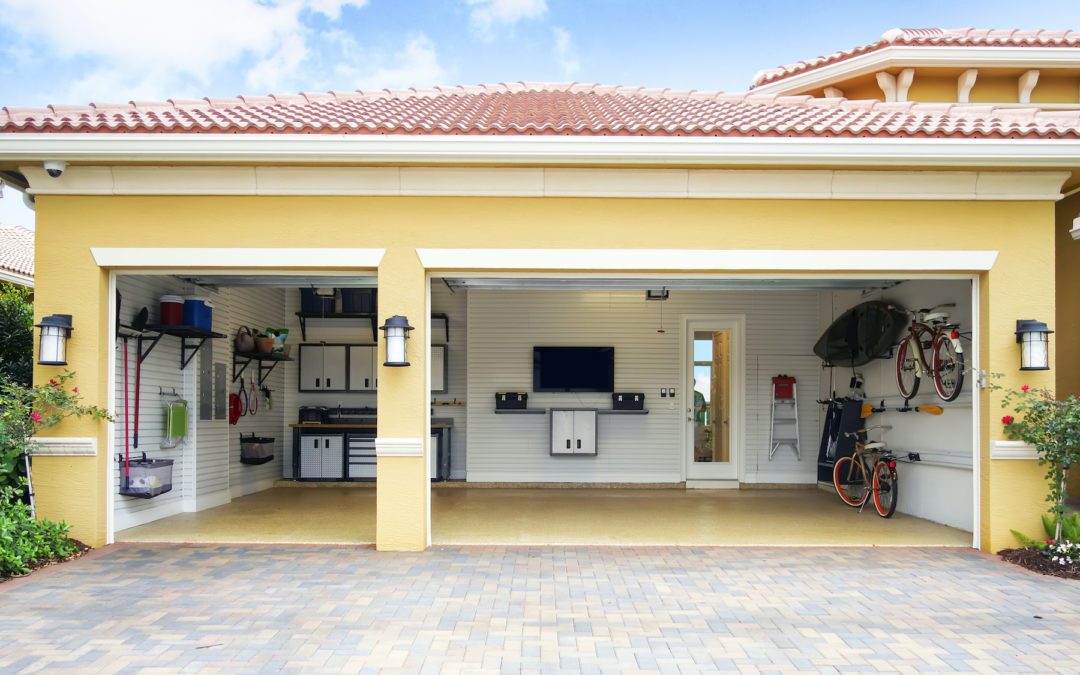Should You Add Garage Insulation? How to Choose. MABA MassachusettsRealEstate FirstTimeHomeBuyers MaBuyersAgent
Insulating your garage might not be the first thing on your home improvement list, but it’s a decision that can make a big difference—both in comfort and energy efficiency. Whether you use your garage to park cars, store belongings, or as a workshop or gym, the temperature inside can swing wildly with the seasons. That’s where insulation comes in. But is it worth the investment for your particular situation? Let’s take a look at what garage insulation does, when it makes sense, and how to choose the right type for your needs.
Why Garage Insulation Matters
Garage insulation acts as a barrier between the outside elements and your indoor space. Without it, extreme heat, cold, and moisture can easily seep in. This not only affects your comfort level but can also impact your home’s overall energy use especially if your garage is attached. Insulation can help reduce heating and cooling loss from your main living areas and keep everything from your tools to your car in better condition year-round.
Consider How You Use the Garage
Your decision to insulate should depend on how you use the space. If your garage is simply a spot to park your car and store outdoor gear, insulation may be optional. But if it doubles as a workspace, gym, hobby area, or laundry zone, insulation can make it far more usable in all seasons. It also cuts down on noise ideal if you’re using loud tools or working during off-hours.
Attached vs. Detached Garages
Attached garages benefit most from insulation because they’re directly connected to your home. Air transfer between the garage and the main living area can influence indoor temperatures and energy bills. Detached garages don’t affect your home’s interior as much, but if you spend time in one say, as a workshop or studio insulation still has value for comfort and protection of stored items.
Types of Insulation to Consider
There are several options when it comes to garage insulation, including fiberglass batts, spray foam, rigid foam boards, and blown-in insulation. Fiberglass is cost-effective and easy to install, while spray foam offers superior air sealing and moisture resistance. Foam board is a good option for garage doors or walls with limited space. Your budget, climate, and how you use the space will help determine the best fit.
Don’t Forget the Garage Door
Insulating your garage walls but skipping the garage door is like wearing a parka with the zipper open. Many garage doors come uninsulated, but you can upgrade to an insulated version or install a DIY insulation kit. This helps prevent drafts and temperature swings, especially in extreme weather, and it also helps protect whatever’s stored just inside.
Making the Right Choice for Your Space
Adding insulation to your garage isn’t just about comfort it’s a smart investment in your home’s energy efficiency, usability, and even resale value. The key is to weigh your specific needs, how you use the garage, and your local climate. With the right approach and materials, garage insulation can turn a cold, echoey space into a more functional and efficient extension of your home.

FIRST TIME HOMEBUYERS
"The MABA agent helped us find the perfect home for us at the right price and we felt extremely good about the final deal."
Get Started with MABA
For no extra cost, let a MABA buyer agent protect your interests






